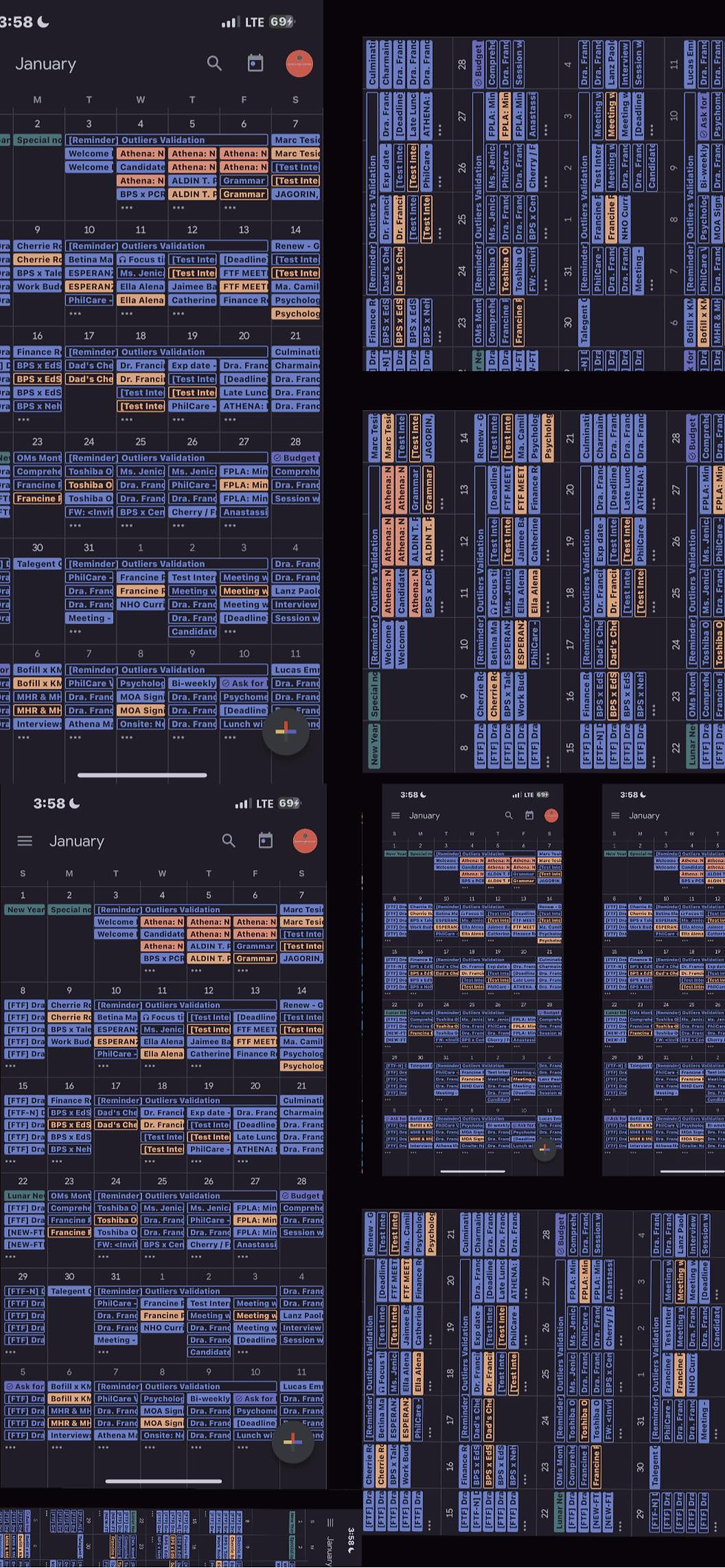Do Not Disturb: Mental Health Break from Social Media
- Ellianna Franzl Q. Areola
- Oct 3, 2022
- 4 min read

As the world continuously progresses with technological advancement equipping us through the journey, people have become more engaged on different social media platforms including Facebook, Messenger, Instagram, Twitter, and so on. According to Dollarhide (2021), social media is an interactive computer technology that allows people to share their ideas, opinions, and knowledge over virtual networks and communities. Social media is an internet-based platform that allows people to share content such as but not exclusive to private details, documents, films, and images quickly and electronically. Individuals who use the internet or also known as “users” usually interact using social media platforms or internet software and applications on vast and various technological devices such as computers, tablets, and smartphones. Social media is widely utilized in many countries in the United States and Europe, Asian countries such as Indonesia are at the top of the list with regards to this. As of October 2021, more than 4.5 billion people use social media. In the Philippines, in January 2022, the country had 92.05 million social media users. At the start of 2022, the Philippines' social media users accounted for 82.4 percent of the overall population. According to a Kepios analysis, the number of Filipinos using social media climbed by 3.1 million (+3.4%) between 2021 and 2022. On the other hand, in the third quarter of 2021, online consumers in the Philippines spent an average of 10.27 hours browsing the internet on various devices, as per a report published by DataReportal. Meanwhile, the average daily time spent on social media was 4.06 hours. With all that being said, Filipinos allot a huge percentage of their time to using social media, which perhaps we can only assume to be one of the reasons behind the rising number of mental health issues in the country.
The way people tend to overshare on social media can be held as a risk factor for some individuals’ mental health. Allowing yourself to be transparent on social media also opens up the doors to praise or ridicule. One of the major issues in social media use is how some individuals lack internet etiquette. Toxicity is rampant on social media as people tend to normalize such negative internet behavior by posting malicious content that is intended to belittle or hurt others. For instance, social media can be a platform where other people can see one another’s an opinion and in turn may lead to disputes. Another example can be how some people are forced to follow trends and change themselves to be more socially acceptable. We must remember that to some, social media is their way of living and not just a platform to share a part of themselves. The aforementioned platform carries standards that are carried out beneath the surface level. Aspiring to “keep up” rather than just being yourself can be exhausting. When users tend to care more about how people will perceive them it leads to an individual questioning their worth and feeling intimidated when comparing themselves to what they see as the acceptable norm. All of such can accumulate into anxiety, stress, irrational fears, and in severe cases, depression, suicide, and even death. A Netflix documentary entitled “The Social Dilemma”, talks about how social media platforms can exploit their users through manipulation. They would use the data of the users to influence them to do certain things which often leads to them getting addicted to such platforms. It even goes as far as social media companies selling user data to the highest bidders, such a commodity can be used to manipulate and influence people into buying company products and streaming more revenue through site visits.
The “Do Not Disturb” on your phone can be used for the better, allowing you to use it as a self-declared break from social media. Furthermore, it can also be seen as a form of self-love, taking a break from social media may reduce the risk of an individual having mental health issues. Social media can damage one’s inner self and it affects one’s decisions, self-esteem, confidence, and so on. We have to uphold and prioritize the importance of our mental health to proactively battle issues that may arise. Although social media has its perks and fun, maintaining to a healthy amount of exposure is the best thing to do.
In the end, it is not that we should stop all engagement on social media but rather not push ourselves over the limits of our mental health. A break is okay, allowing yourself breathing room from all the sharing, posting, and commenting might serve you some good. Maintaining healthy habits and proper internet etiquette can contribute to a better social media community. Remember, you don’t have to move with the trends or be what is accepted by the major populace, be
yourself. The authentic you on social media is what we want to see and if you are somehow going through something about your mental health, take a break. Your followers and friends will understand, but if they don’t remember you don’t owe everyone an explanation.
References:
Kemp, S. (2022, February 15). Digital 2022: The Philippines. DataReportal – Global Digital Insights. https://datareportal.com/reports/digital-2022-philippines#:%7E:text=There%20were%2092.05%20million%20social,the%20Philippines%20in%20January%202022.
Social Media: Sharing Ideas and Thoughts. (2021, August 31). Investopedia. https://www.investopedia.com/terms/s/social-media.asp#:%7E:text=The%20term%20social%20media%20refers,documents%2C%20videos%2C%20and%20photos.
Statista. (2022, February 15). Daily time spent using online media in the Philippines Q3 2021, by activity.https://www.statista.com/statistics/803812/daily-time-spent-using-online-media-by-activity-philippines/#:%7E:text=According%20to%20a%20report%20published,social%20media%20on%20average%20daily.




Comments